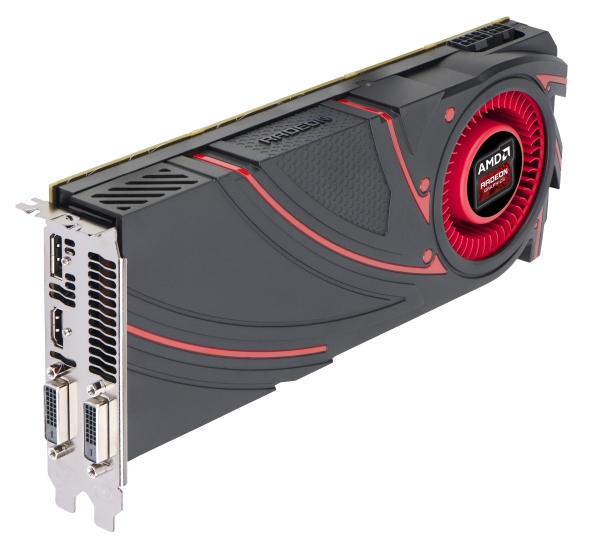We just realised that we might have forgotten to tell you one thing about the AMD Hawaii launch. The new AMD flagship announced last week is missing one crucial part, it doesn’t have a Crossfire connector anymore.
Naturally, it supports Crossfire, no need to panic, two to three R9 or R7 cards will work in Crossfire as long as the motherboard has enough slots. The reason behind the decision to drop the connector is relatively simple. We spoke with a few industry friends and we were told that you don't need this communication anymore as the PCIe bus is fast enough for all the frame syncing and communication necessary to make the card work synced.
Another angle is that this will mean a slight reduction in the card manufacturing cost, as the PCB doesn’t have a connector and AIBs don’t need to bundle a Crossfire connector bridge anymore, which was included in many generations before. It might not sound like much, but anything that cuts costs is always good, ever if we are dealing with relatively cheap components. What's pocket change on a single card is millions once you ship a lot of them.
We noticed the absence of the connector when we first saw the card, but we wanted to ask around and learn more about the decision. For example, 4K gaming will sometimes need two or three Radeon R9 290X cards at full load and this is a lot of horse power, without the need for a dedicated connector.
All the traffic is handled by the PCIe bus now, PCIe 3.0 to be exact and for all intents and purposes the era of the Crossfire bridge is over. Don’t worry, AMD promises there will be no performance penalty versus and external bridge.




